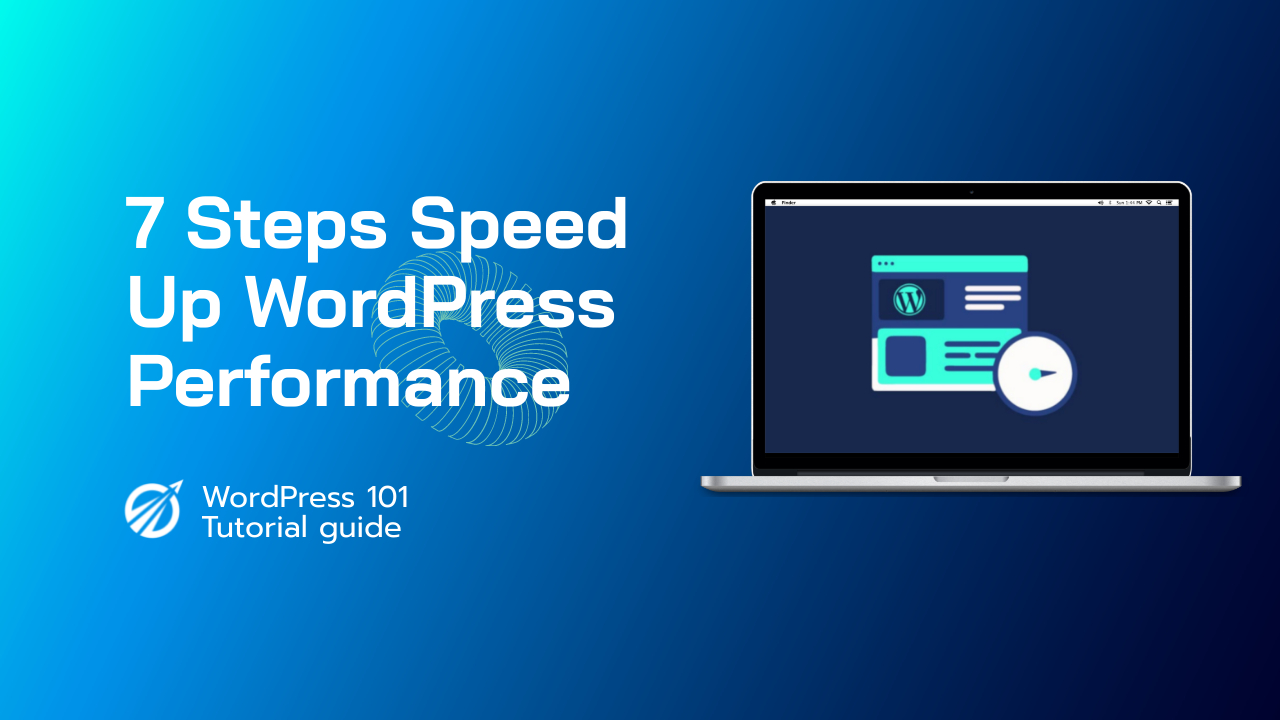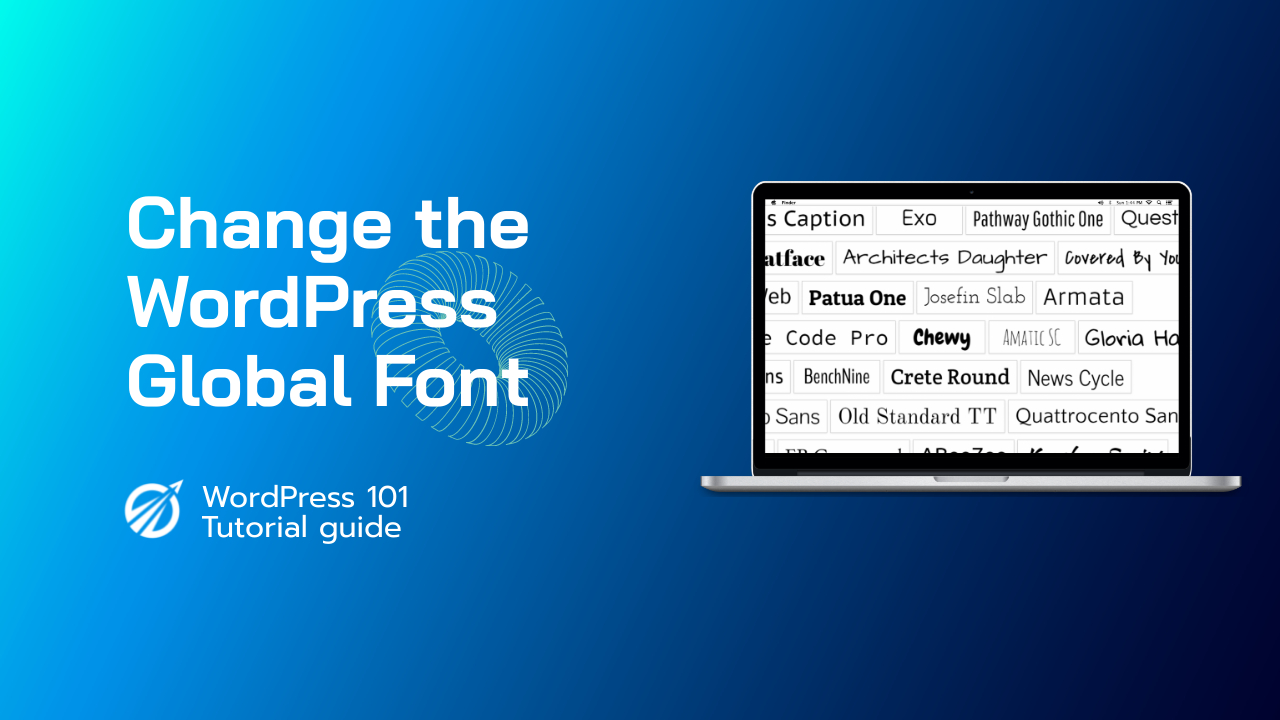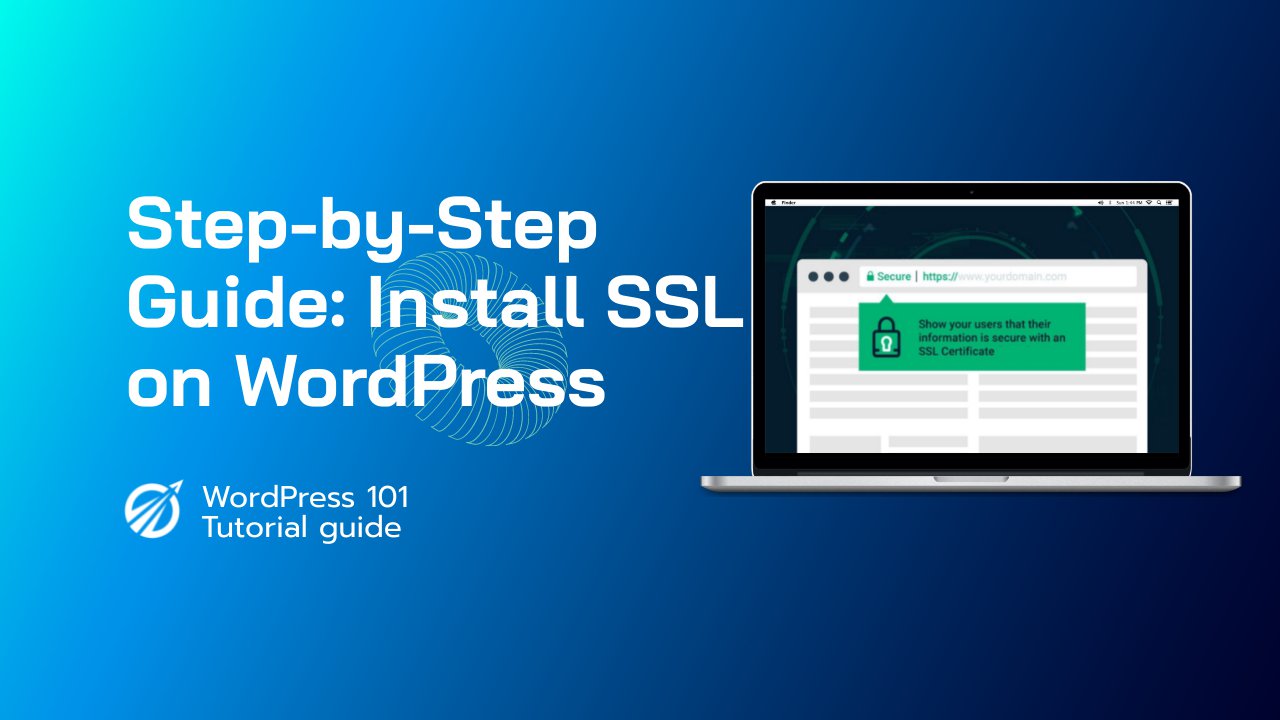在这个数字时代,网站速度对于良好的用户体验和更好的搜索引擎排名至关重要。高速的 WordPress 网站可以提高用户参与度,并有可能为您带来更多转化。在本文中,我们将讨论您可以采取的七个基本步骤,以确保您的 WordPress 网站发挥最佳性能。按照这些步骤,您将拥有一个访问者喜爱的高速网站!
目录:
选择合适的托管服务提供商
托管服务提供商对网站性能的影响至关重要。选择托管服务提供商时,请考虑其可靠性、速度和支持。请记住以下因素:
共享主机与托管主机:
共享主机 是一种经济有效的解决方案,但由于与其他网站共享的资源有限,可能会导致网站性能下降。 托管 WordPress 主机另一方面,专门针对 WordPress 网站进行了优化,提供了更好的性能和安全性。不过,这个选项的价格较高。
服务器位置:
选择服务器位置靠近目标受众的托管服务提供商。这样可以缩短服务器与用户之间的延迟时间,从而确保页面加载速度更快。
可扩展性:
随着网站的发展,您可能需要更多资源。确保您的托管服务提供商可以扩展其服务以适应网站的发展。
使用轻量级主题
主题会影响网站的外观,但也会影响其性能。选择轻量级主题,既能提供速度和简便性,又不会牺牲设计感。
- 选择简约的设计: 更简单的设计减少了加载页面所需的资源数量。
- 避免过多的功能: 主题中的功能过多会降低网站速度。选择仅包含网站所需基本元素的主题。
- 检查移动响应能力: 确保您的主题具有响应性,因为移动友好性是用户体验和搜索引擎排名的关键因素。
优化图像
图片可以提升网站的视觉吸引力,但也可能导致页面加载缓慢。优化图片对于提高网站性能至关重要。以下是一些关键提示:
- 压缩图像: 使用图像压缩工具来减小文件大小而不影响质量。
- 选择正确的文件格式: JPEG 适用于照片,而 PNG 最适合具有透明背景的插图和徽标。
- 利用延迟加载: 通过采用延迟加载,图像仅在用户滚动到图像时加载,从而减少了网站的初始加载时间。
启用缓存
缓存会存储网站内容的静态版本并将其提供给访问者。这可以节省服务器资源并减少页面加载时间。
浏览器缓存:
启用浏览器缓存以将静态内容存储在用户的设备上,从而减少加载页面所需的请求数量。
服务器缓存:
WordPress 缓存插件(如 WP Super Cache 或 W3 Total Cache)可生成静态 HTML 文件或缓存对象以提高网站性能。
利用 CDN 服务
内容分发网络 (CDN) 通过从全球分布的服务器网络提供内容来加速您的 WordPress 网站。当用户访问您的网站时,CDN 会从最近的服务器提供内容,从而减少延迟。
使用 CDN 的好处:
- 减少延迟并加快加载时间
- 提高网站性能
- 更好的用户体验和 SEO 排名
一些流行的 CDN 提供商包括 Cloudflare、KeyCDN 和 Amazon CloudFront。
压缩并合并 CSS 和 JavaScript 文件
缩小并合并 CSS 与 JavaScript 文件可减少 HTTP 请求的数量,从而提高网站性能。
最小化:
压缩会从 CSS 和 JavaScript 文件中删除不必要的字符,例如空格、注释和换行符,从而减小其大小。
合并文件:
将多个 CSS 和 JavaScript 文件合并为一个文件可减少加载页面所需的 HTTP 请求数量。
您可以使用 W3 Total Cache 或 WP Rocket 等缓存插件来缩小和合并文件。
监控并修复损坏的链接
无效链接不仅会让用户感到厌烦,还会对您网站的 SEO 排名产生负面影响。定期监控和修复无效链接有助于维护网站的健康。
使用断开的链接检查器:
像 Broken Link Checker 这样的插件可以自动识别您网站上的断开的链接并通知您,让您快速修复它们。
修复损坏的链接:
一旦您发现断开的链接,您可以更新或删除它们以增强您网站的性能和用户体验。
通过执行这七个基本步骤,您可以显著提高 WordPress 网站的性能。请记住,高速网站不仅可以增强用户体验,还可以提高搜索引擎排名和转化率。尝试这些步骤,看看您的网站性能飙升!



















